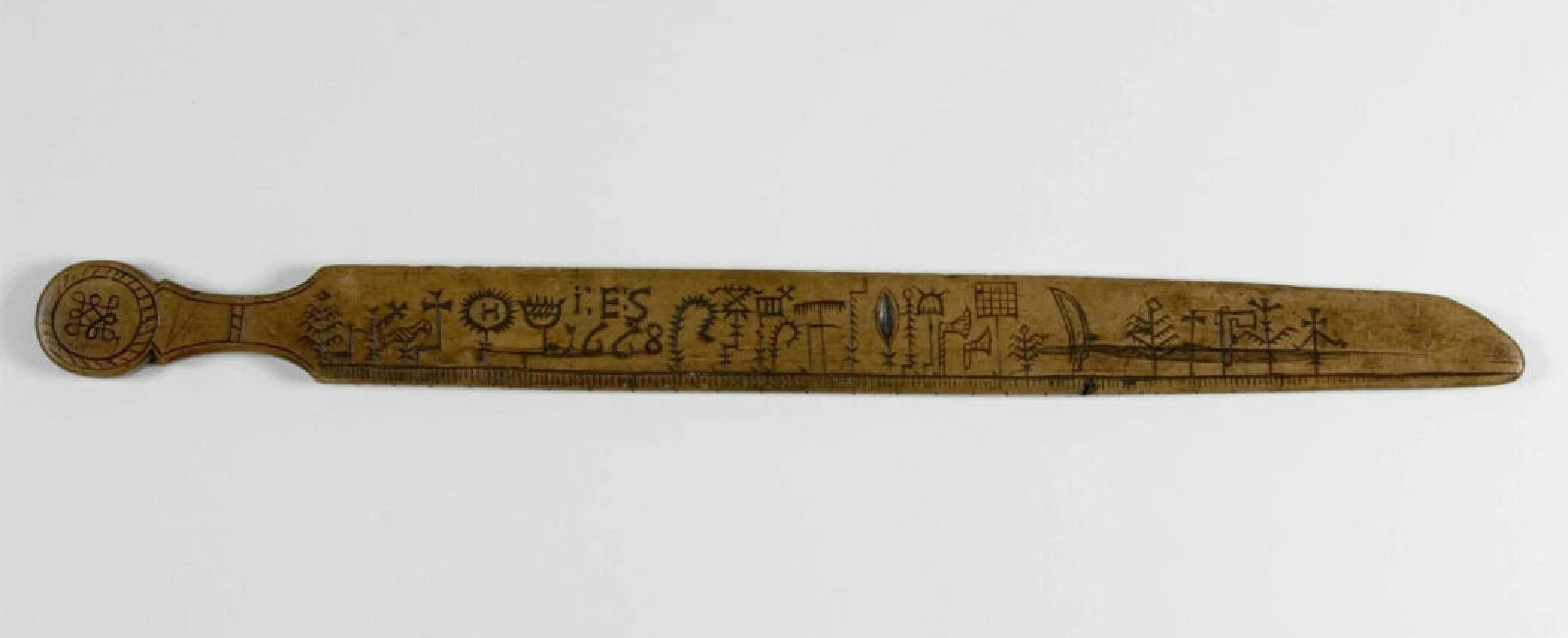Welcome to "Cultural Evolution of Texts: Runestaves"
Hosted at the Department of Linguistic and Philology at the University of Uppsala, Sweden, and headed by Prof. Michael Dunn, the "Cultural Evolution of Texts: Runestaves" project delves into the historical significance and the evolution of Runic calendars. These artifacts, predominantly wooden and inscribed with runic scripts, serve as crucial sources of information about Scandinavia from early medieval to early modern times.
What Are Runic Calendars?
A Runic calendar, such as a Rune staff or Runic almanac, is a type of perpetual calendar used in Northern Europe until the 19th century, more commonly in early modern era. These calendars, consisting of several horizontal lines of symbols, marked special days like solstices, equinoxes, and various celebrations. Written on parchment or carved onto materials such as wood, bone, or horn, they offer a fascinating glimpse into the past, as they are based on the 19-year-long Metonic cycle, correlating solar and lunar years. Each year in the cycle was represented by a rune or a symbol, with the first recurring elements of the cycles represented by the runes of the Younger Futhark and festivities, especially Christian ones, marked by special symbols.
Our Database: Unveiling a Rich Cultural Heritage
Our project is compiling a comprehensive database that catalogues these inscriptions, serving as a significant scholarly resource for the preservation and interpretation of linguistic heritage. We believe this database will become an invaluable resource for researchers, historians, and anyone interested in Scandinavia's cultural history.

